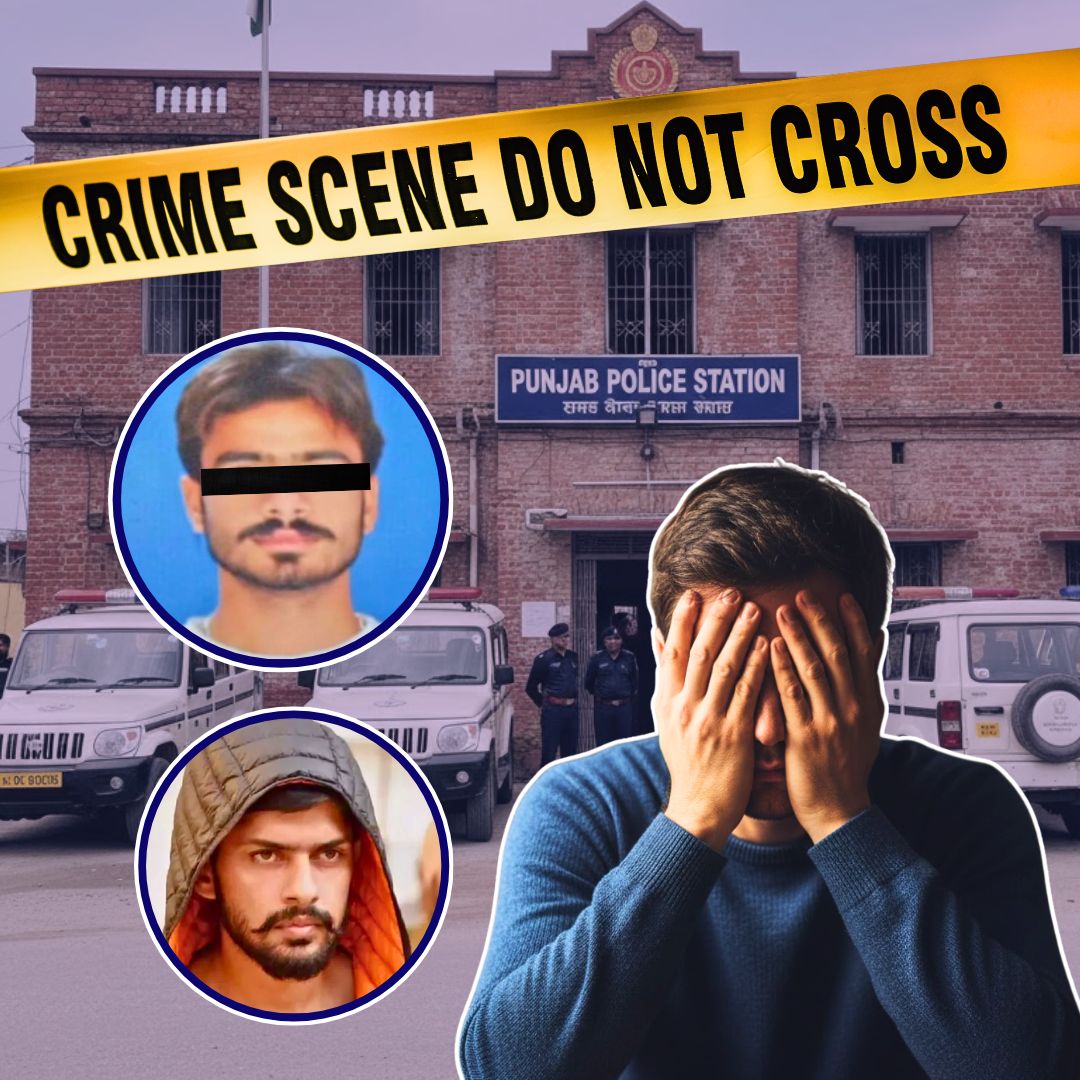In Ludhiana, Punjab, kabaddi player Gurvinder Singh was fatally shot in a targeted attack on November 4, 2025, sparking widespread outrage and fear amid growing gang violence in the region.
This incident marks the second killing of a kabaddi player in Ludhiana within a week, following the murder of Tejpal Singh on October 31.
The notorious Lawrence Bishnoi gang promptly claimed responsibility for Gurvinder’s murder via social media, naming individuals allegedly involved and issuing threats to their rivals.
Authorities have launched a comprehensive investigation while raising security in Samrala, the site of the shooting, as public concern mounts regarding the escalating violence impacting Punjab’s sports communities.
Growing Menace of Gang Violence in Punjab’s Sports Circles
Gurvinder Singh, aged 22, was sitting with friends near a culvert in Manki village, Samrala block, Ludhiana, when four masked men on two motorcycles opened fire at around 9 p.m. The network of violence enveloping Punjab’s kabaddi community has claimed another victim, with Gurvinder dying en route to hospital and his friend Dharam Pal critically injured.
The Lawrence Bishnoi gang released a posting under the name of ‘Anmol Bishnoi’-the jailed gang leader Lawrence Bishnoi’s brother-claiming responsibility, naming Karan Madhpur and Tej Chak as the shooters, and involving gang members Hari Boxer and Arzoo Bishnoi.
The post warned rivals to desist or face further violence, highlighting the gang’s brazen attempt to intimidate through social media. This killing has deepened anxiety about criminal gangs’ infiltration into sporting arenas, with experts and officials warning of the broader implications for Punjab’s law and order situation.
Background and Pattern of Targeted Murders
This harrowing event follows the October 31 murder of Tejpal Singh, aged 25, who was beaten and then shot in broad daylight in Ludhiana’s Jagraon area. Police investigations tied these killings to personal rivalries and gang turf wars.
Arrests have been made in connection with both murders, with suspects including Gagandeep Singh, Harpreet Singh alias Honey, and others implicated based on witness testimonies and investigation leads.
The recent series of killings demonstrates a disturbing trend of using violence and intimidation to exert control over communities, particularly targeting popular athletes who often serve as local role models.
Punjab has witnessed approximately ten kabaddi player murders since 2016, many of which have been linked to criminal syndicates and drug mafias, creating a fearful environment not only for players but also their families and fans.
Officials’ Response and Political Reactions
Law enforcement agencies have intensified efforts in Samrala and Ludhiana, deploying additional security and conducting raids to apprehend those responsible. Police are verifying the authenticity of the social media claims by the Bishnoi gang and working to track down suspects identified in the posts.
Union Minister Ravneet Singh Bittu has condemned the incidents sharply, criticising the Punjab government for failing to maintain law and order and calling for decisive action against organised crime networks.
Bittu emphasised that the climate of daylight killings and extortion has created widespread fear among citizens. Families of victims and local communities have rallied for justice, staging protests and sit-ins demanding swift arrests and enhanced protections for vulnerable groups.
The Logical Indian’s Perspective
The brutal targeting of kabaddi players in Punjab reflects a disturbing breakdown in the social fabric, highlighting how organised crime and gang rivalries have penetrated deep into communities.
The Logical Indian strongly condemns these acts of violence and the culture of fear they foster, advocating for a renewed focus on peace, empathy, and community solidarity.
Effective law enforcement, coupled with social interventions to address the root causes of gang dominance, is imperative to restore safety and dignity for public figures and citizens alike.
Communities must come together to support dialogue and coexistence, reinforcing shared values against violence and intimidation.









